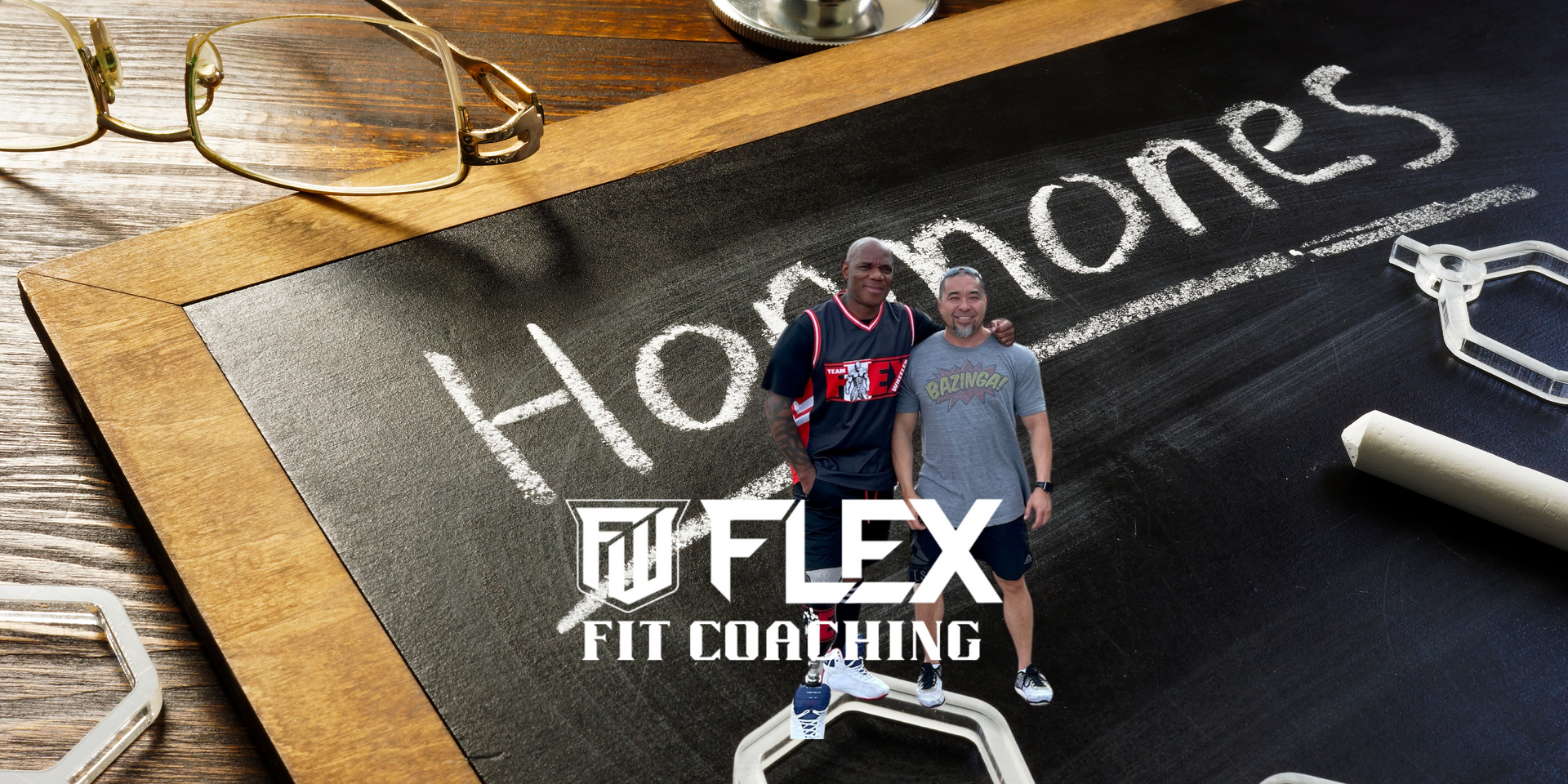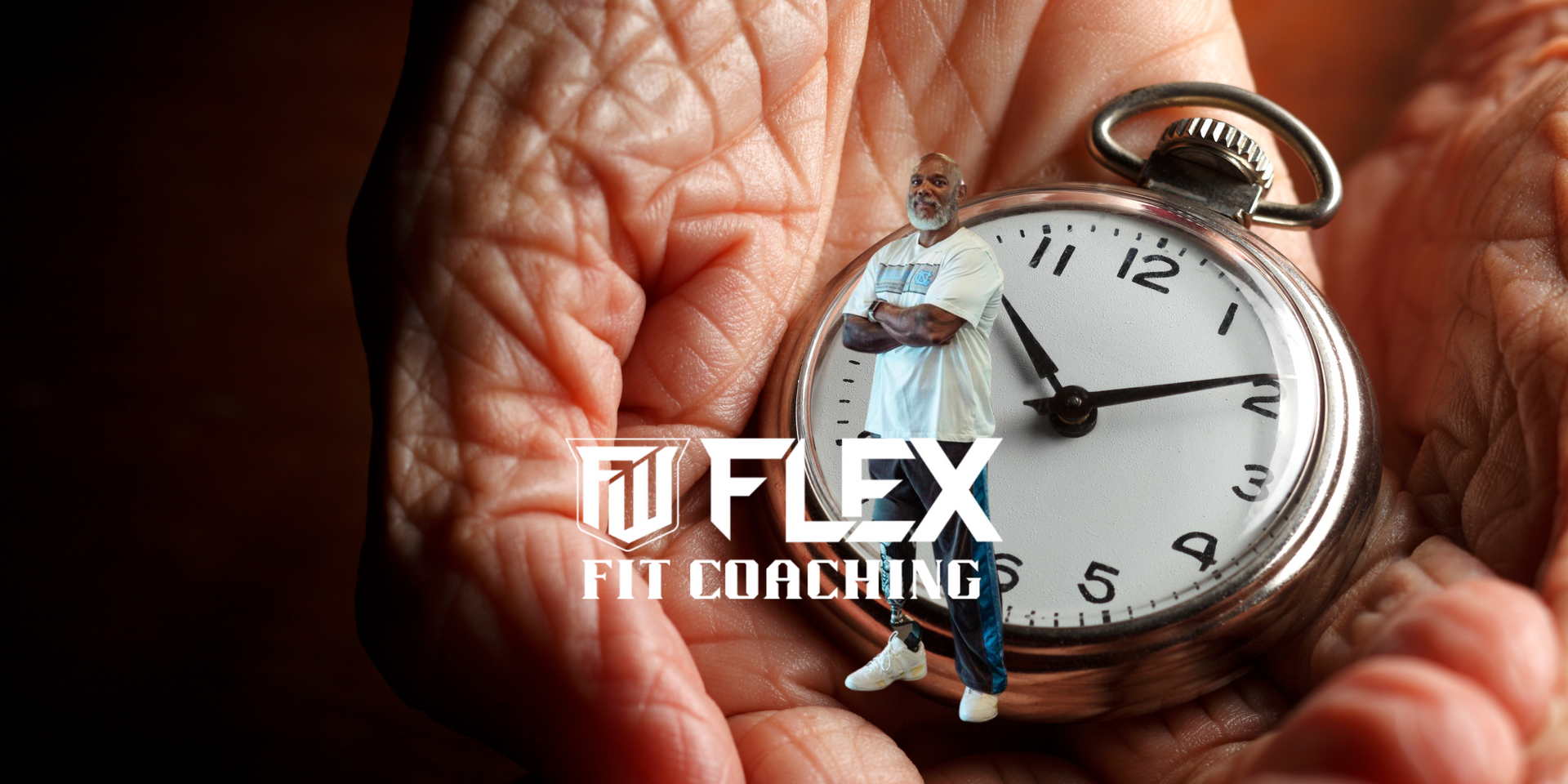Repetition Tempo
Flex Wheeler • August 4, 2021
Tempo: How it Works
What is “Tempo” when it comes to training?
For our purposes (all purposes really), tempo is given in a 4-number sequence. Each movement is split into four phases, each phase is represented by one of those numbers.
For today's example we’ll go with 2201 and the exercise will be a back squat (BSQ).
The first number is the ECCENTRIC phase of the movement, in the squats case is the lowering from the standing position. Eccentric is defined as the muscle lengthening against tension...the old gym bro term is “negative”...but we’re trying to be scientific here… In our example with the back squat and the number 2, the tempo sequence requires a 2 (second) count on the lowering of the weight.
The second number represents the first ISOMETRIC phase, in this case at the bottom of the lift. This number tells you how many second you should hold at the bottom.
The third number represents the CONCENTRIC phase where you move the weight back up. Concentric is defined as the muscle shortening against tension. In this case, the third number is 0, which represents the second count it should take you to move from the bottom of the BSQ to the standing start position. With a 0 tempo, the movement should be as explosive as possible.
The final/fourth number represents the second ISOMETRIC phase, in this case at the top of the lift. You will now be back at the starting position, where you will begin your next rep. In this case, your number is 1, giving you 1 second to take a breath and set your stability.
We use the BSQ as the example here, but it can apply to pretty much any exercise.
Keep in mind, your coach/trainer will always program tempos in this order: eccentric, isometric, concentric, isometric. You will need to remember this concerning exercises that are not typically performed in that order, as with the deadlift.
With the deadlift, for example, you start at the bottom and start with the concentric movement. In this case, with a 2201 tempo, you would begin with the 0, or the concentric pull from the ground.
In a future blog post, we’ll go over the benefits of using tempos with your training.









